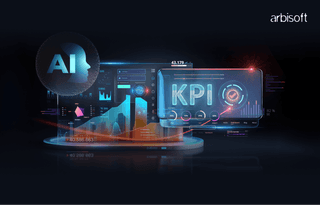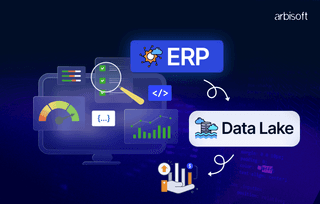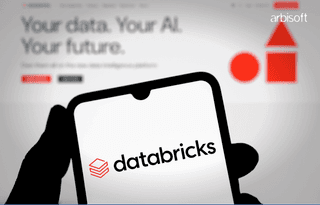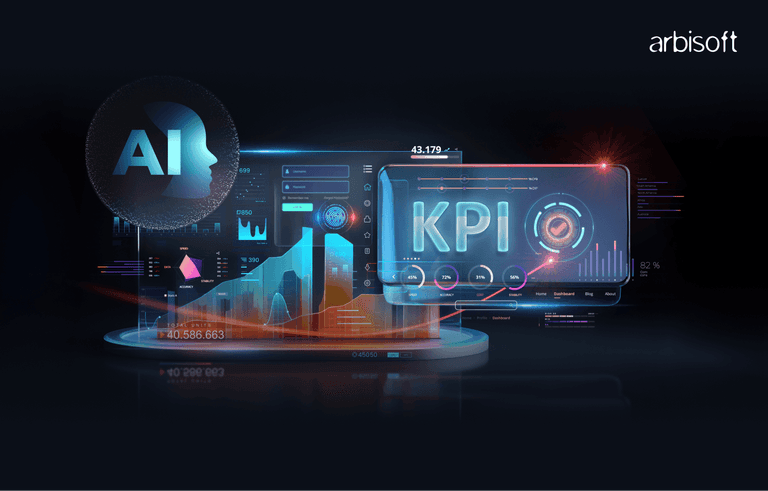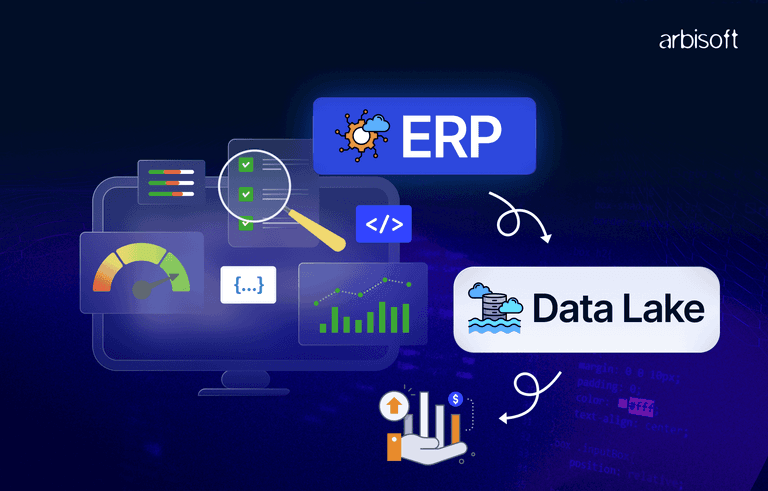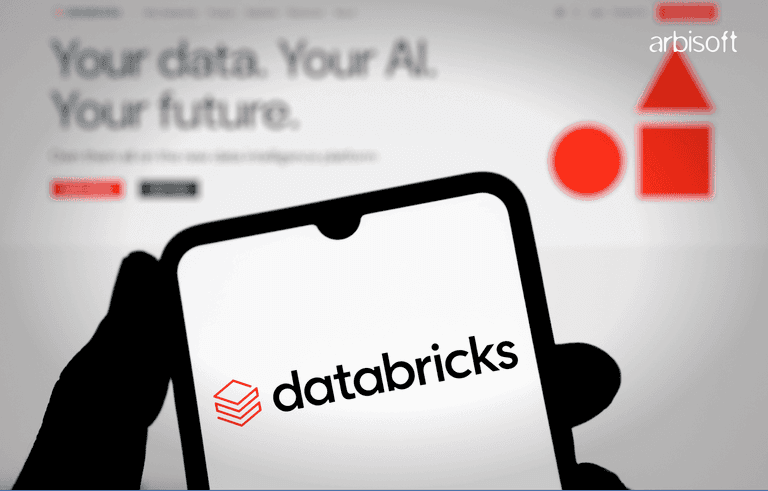We put excellence, value and quality above all - and it shows




A Technology Partnership That Goes Beyond Code

“Arbisoft has been my most trusted technology partner for now over 15 years. Arbisoft has very unique methods of recruiting and training, and the results demonstrate that. They have great teams, great positive attitudes and great communication.”
Hiring the Right Data, ML & AI Teams in 2025: What Founders, CTOs, and Product Leaders Must Know?

It’s 2025. The rules have changed. The pace? Relentless.
What worked five years ago to build an AI team is now about as helpful as a screen door on a submarine. If you're a founder, CTO, or product lead trying to build an AI-driven product, you need the right data, ML, and AI talent. Fast.
Let’s walk through how to hire AI developers, build scalable teams, and avoid the classic pitfalls that still trap even the smartest leaders.
The Pressure is Real: Why 2025 Demands a New Approach to Hiring AI Talent
We’ve covered the urgency. Now let’s talk pressure.
AI adoption isn’t just happening. It’s flooding every corner of business. Retail. Insurance. Manufacturing. Even farming. Everyone wants in. And the demand to hire machine learning engineers, data scientists, and AI specialists? It’s doubled since January.
Suddenly, you’re not just competing with Silicon Valley. You’re up against Alabama logistics startups and health-tech scaleups in Berlin. The race is on. No gold medals for effort—just faster rivals grabbing your market.
I’ve seen companies stall for quarters because they couldn’t hire ML engineers on time. Hiring late means shipping late. And shipping late? That’s often game over.
Now let’s break down what happens when you hire wrong.
The Cost of Getting it Wrong: Pitfalls in Building Data, ML & AI Teams
If you’ve ever tried to save money by hiring “budget-friendly” talent, you probably learned the hard way. Cheap isn’t cheap. It’s expensive in disguise.
Here’s how it plays out. You hire junior ML developers who sound great on paper but can’t ship working models. Or your product team imagines one thing, and your AI engineers build something entirely different. Misalignment kills velocity.
In one case I saw, a fintech hired a machine learning development company to build a custom model. But the internal product team never explained the edge cases. The result? A shiny, useless tool.
Hiring without strategy is just roulette with higher stakes. So let’s step away from guesswork.
Strategic Solution Mapping: Building a High-Performance AI Team for Growth
So we’ve covered the risks. Now let’s talk structure.
Your AI team structure isn’t just about headcount. It’s about matching skill to stage. And in 2025, your team likely needs more roles than you realize.
You’ll want to hire data engineers early, especially if you’re still wrangling data from spreadsheets or third-party APIs. Then come the ML engineers, MLOps leads, AI product managers, and even trust and safety folks. That’s your real AI team building foundation.
If you’re early-stage, keep things flat. Everyone wears five hats. No problem. But once you scale, move to functional pods or matrix teams. This keeps momentum up while distributing expertise.
What if you’re strapped for hiring capacity? Many startups use hybrid models: mix core hires with experts from a trusted AI development company. This lets you move fast without stretching internal teams to the breaking point.
I’ve seen startups cut their recruitment cycle by 60% just by working with top AI consulting firms for specialized roles. That’s not a cheat—it’s just smart play.
But hiring is just the start. Let’s talk about how you recruit and retain the real talent.
The Art and Science of AI Recruitment & Retention in 2025
Hiring AI talent today feels like fishing during a lightning storm. High demand.
Wild expectations. Shifting tools.
But I’ve learned that smart AI recruitment isn’t about chasing unicorns. It’s about building repeatable systems.
First, ditch the résumé obsession. I use skills-based assessments. That’s how you avoid the candidates who interview well but crash at first commit. Tools now let you screen for practical skill in days, not weeks.
Second, once you hire machine learning developers or AI pros, don’t take them for granted. The best want stretch projects. Learning loops. The freedom to experiment. If your environment feels like a dead-end, they’ll bounce. Fast.
Retention is now a team sport. Product leads need to collaborate, not dictate. And leadership must make AI talent feel heard, not herded.
Still feeling the budget pinch? That’s next.
Maximizing ROI: Smart AI Team-Building Under Budget Constraints
You’ve got limited budget. Welcome to the club.
The trick isn’t spending more. It’s spending right. I think of it like playing chess while juggling. Tough, but doable.
In-house hiring makes sense for roles with deep domain knowledge or IP exposure. But if you need to hire machine learning experts for a six-month modeling project? Outsourcing works better.
Hybrid teams save time and money. You build a strong internal core, then extend with niche experts from AI/ML consulting services or machine learning solution providers. This lets you move fast without drowning in overhead.
Early-stage teams should especially consider outsourcing data engineering services. Why? Because building infrastructure takes time and budget. Outsourcing that part means you get to model-building faster.
But whatever your setup, you have to measure ROI. I track things like time-to-market, experiment throughput, and customer NPS. Great AI doesn’t just work—it converts.
Let’s anchor all this in real examples.
Lessons from the Field: How Leading Startups Build AI Teams Aligned with Growth
Let’s keep it real. Not every company wants—or needs—a massive AI team from day one. What I’ve seen, across dozens of fast-moving startups and consulting engagements, is this: the ones that win know exactly when to scale and when to pause.
Take health-tech. Many early-stage companies in that space start lean. They hire a senior AI engineer and a data scientist, keep the loop tight with product, and focus on one core feature. Within months, they’re shipping MVPs, securing funding, and using AI powered automation to cut time-to-insight by up to 40%. It’s not a unicorn story. It’s a pattern.
In fintech, hybrid AI team structures are the go-to. Internal product managers stay close to customer pain points while outsourced AI development services handle complex modeling. The balance keeps overhead low and momentum high. I’ve seen teams double experiment velocity just by aligning machine learning development workflows with core product cycles.
The common thread? Clarity. These teams don’t hire machine learning experts just to tick a box. They map roles to outcomes. They measure everything. And they treat AI adoption like a long game, not a weekend hackathon.
These aren't case studies with logos and PR quotes. They're hard-earned lessons from founders and tech leads figuring out how to build AI teams that work under real pressure.
The Founder's Playbook for 2025: Actionable Steps and Decision Frameworks
Here’s your checklist. It’s not theoretical. It’s what I use.
- Define your AI team structure early. Even if you only have three people, build the org chart. It forces clarity.
- Align hiring with product outcomes. Involve product leads, not just HR. This is how you avoid hiring for the wrong problems.
- Use skills-first screening. Let resumes go stale. Use real assessments to hire ML developers, data engineers, and AI product managers.
- Start flat. Scale intentionally. Flat teams work fast. Just don’t stay flat forever. Functional teams or pods keep things moving at scale.
- Blend in-house and outsourced talent. For speed and flexibility, partner with machine learning consulting services. For continuity, keep core IP in-house.
- Outsource smart. Especially in early stages, outsourcing data engineering or short-term AI development services can save you months.
- Track the right KPIs. Time to ship. Customer satisfaction. Retention. If it doesn’t move the needle, fix it.
- Keep the feedback loop tight. Every sprint should teach you something. If your AI team isn’t learning, it’s decaying.
One bonus tip? Don’t wait for perfect hires. Hire good, test fast, and iterate. Done beats perfect.
Final Thoughts: Scaling AI Teams Isn’t Magic—It’s Muscle
Let’s face it. AI product development isn’t a straight line. It’s messy. Iterative. Sometimes chaotic.
But with the right structure, partners, and recruitment approach, you can hire AI developers who actually move the needle. You can build AI teams that don’t just ship models, but ship value.
Whether you’re trying to figure out how to build a data science team from scratch or how to build AI teams for startups with zero brand recognition, the same rules apply.
Build tight. Hire smart. Move fast.
And above all, stay aligned. The companies that win in 2025? They aren’t just the ones with the best algorithms.
They’re the ones who actually know how to hire and structure AI, ML, and data teams that deliver.








